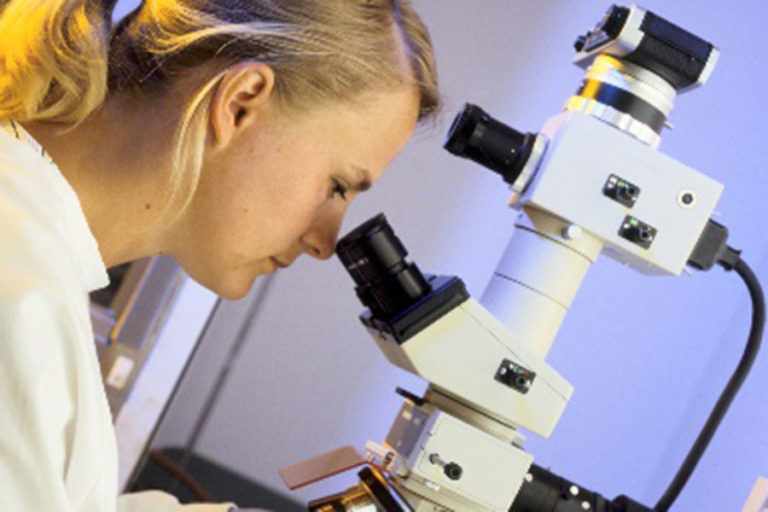Considering abuse in SIDS
Findings that raise suspicion for abuse include malnutrition or neglect and injuries to the skin such as bruising, traumatic lesions, and abnormalities of the head and/or body. In the American Academy of Pediatrics’ Policy on…








